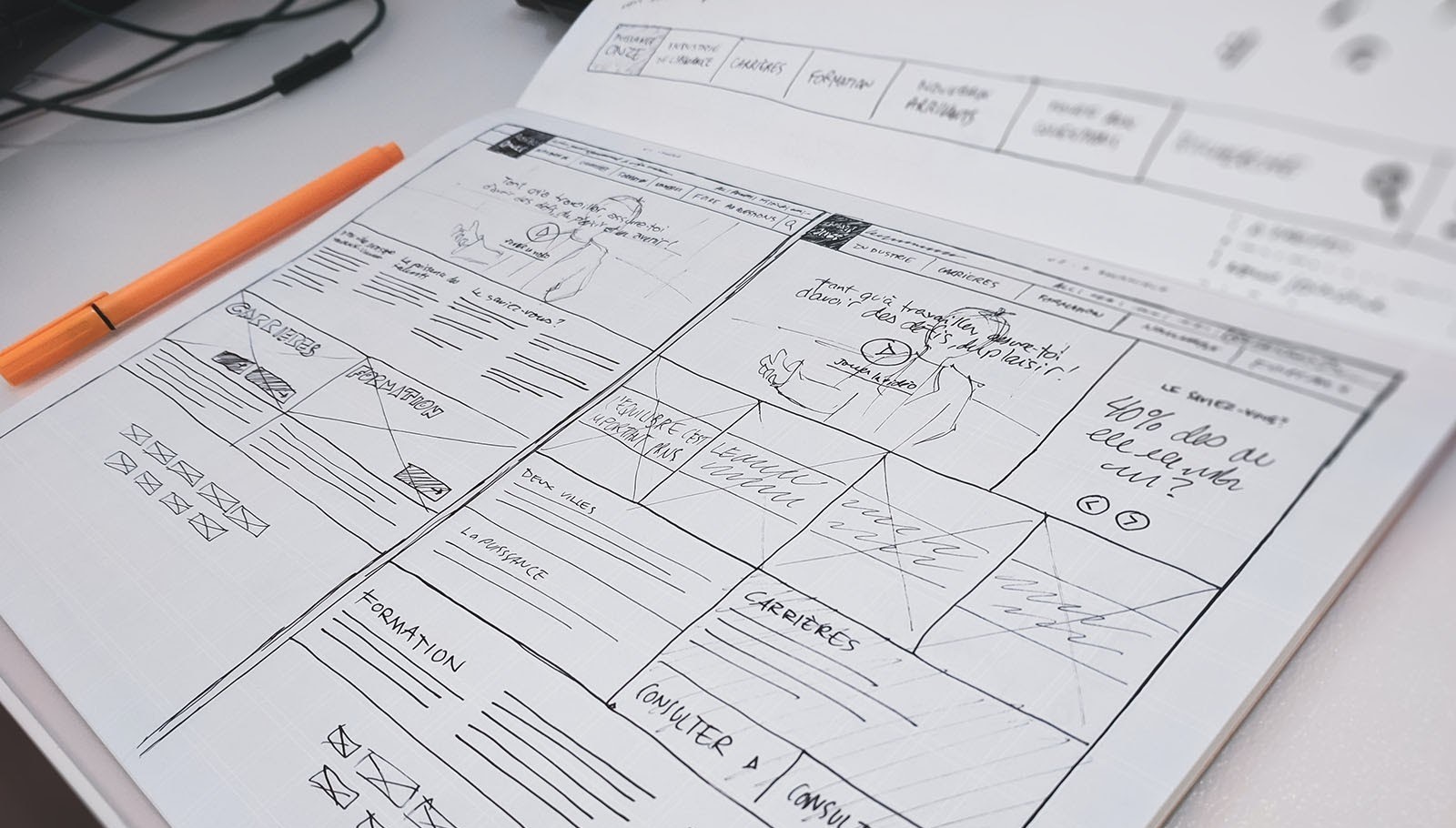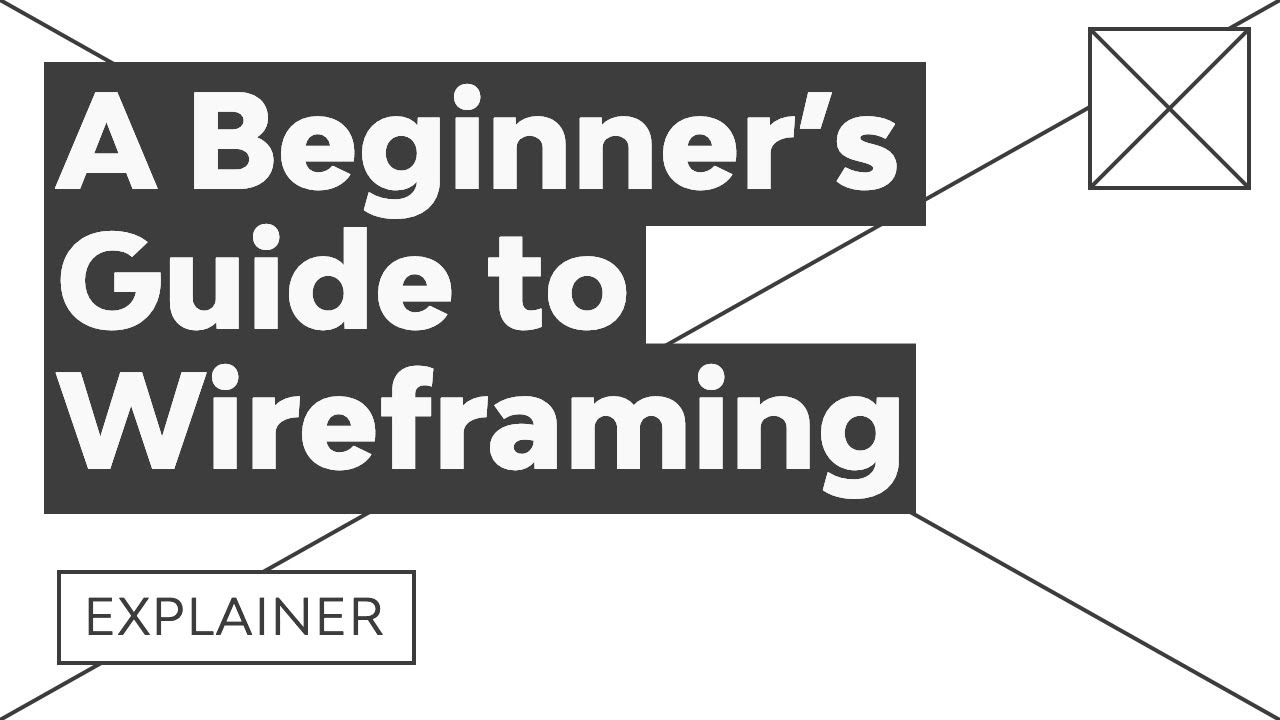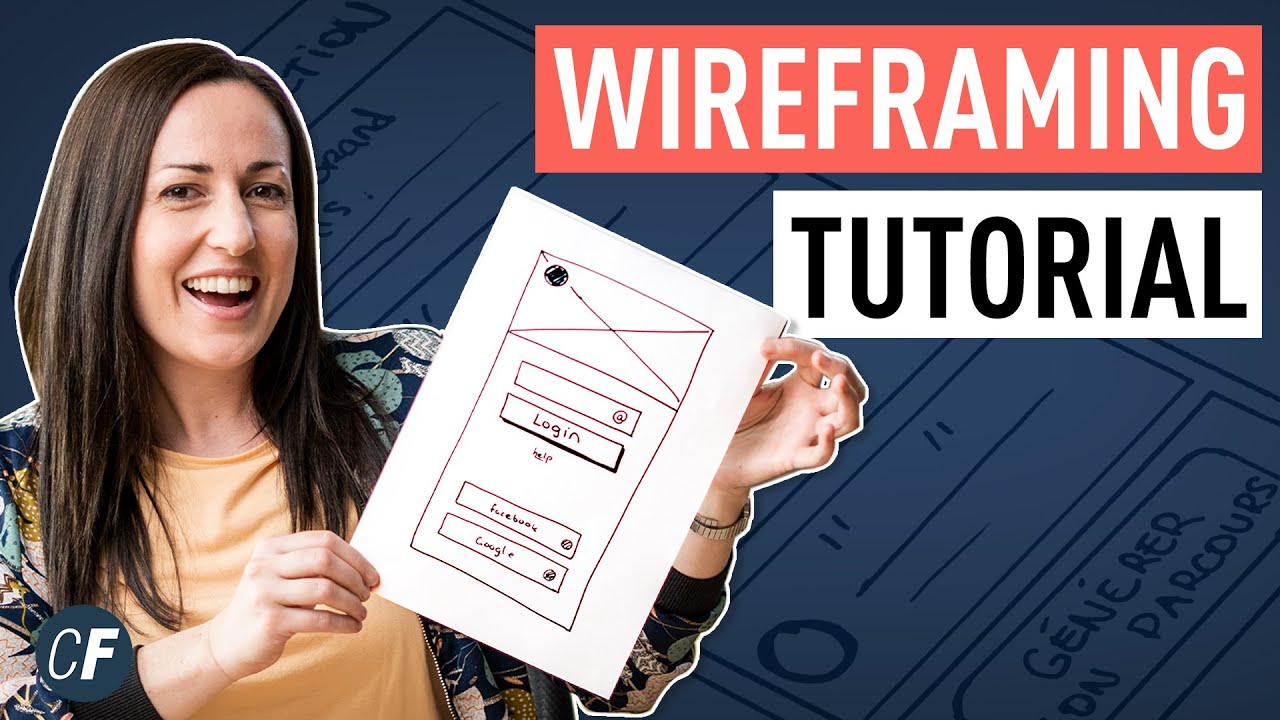Wireframing
Is a fundamental phase in the design process that acts as a blueprint for the final product. It enables designers to focus on structure and functionality before diving into detailed aesthetics. This guide explores my approach to wireframing, ensuring that your designs lay a solid foundation for user-centric experiences.

**Steps to Create Effective Wireframes:**
**Start with User Goals:**
Begin by understanding the purpose of the design. What are the user's primary needs, and how will the design address them? Align your wireframe with these objectives.
**Choose the Right Tool:**
From simple pen-and-paper sketches to advanced tools like Figma or Adobe XD, select a medium that best suits your workflow and project needs.
**Focus on Layout:**
Design a logical structure that organizes content, navigation, and features effectively. Pay attention to hierarchy and spacing to ensure clarity.
**Use Placeholders:**
Represent text, images, and other elements with placeholders to keep the focus on layout and functionality rather than visual details.
**Seek Feedback:**
Share the wireframe with stakeholders or peers to gather constructive feedback. Early iterations save time and help align everyone’s expectations.






